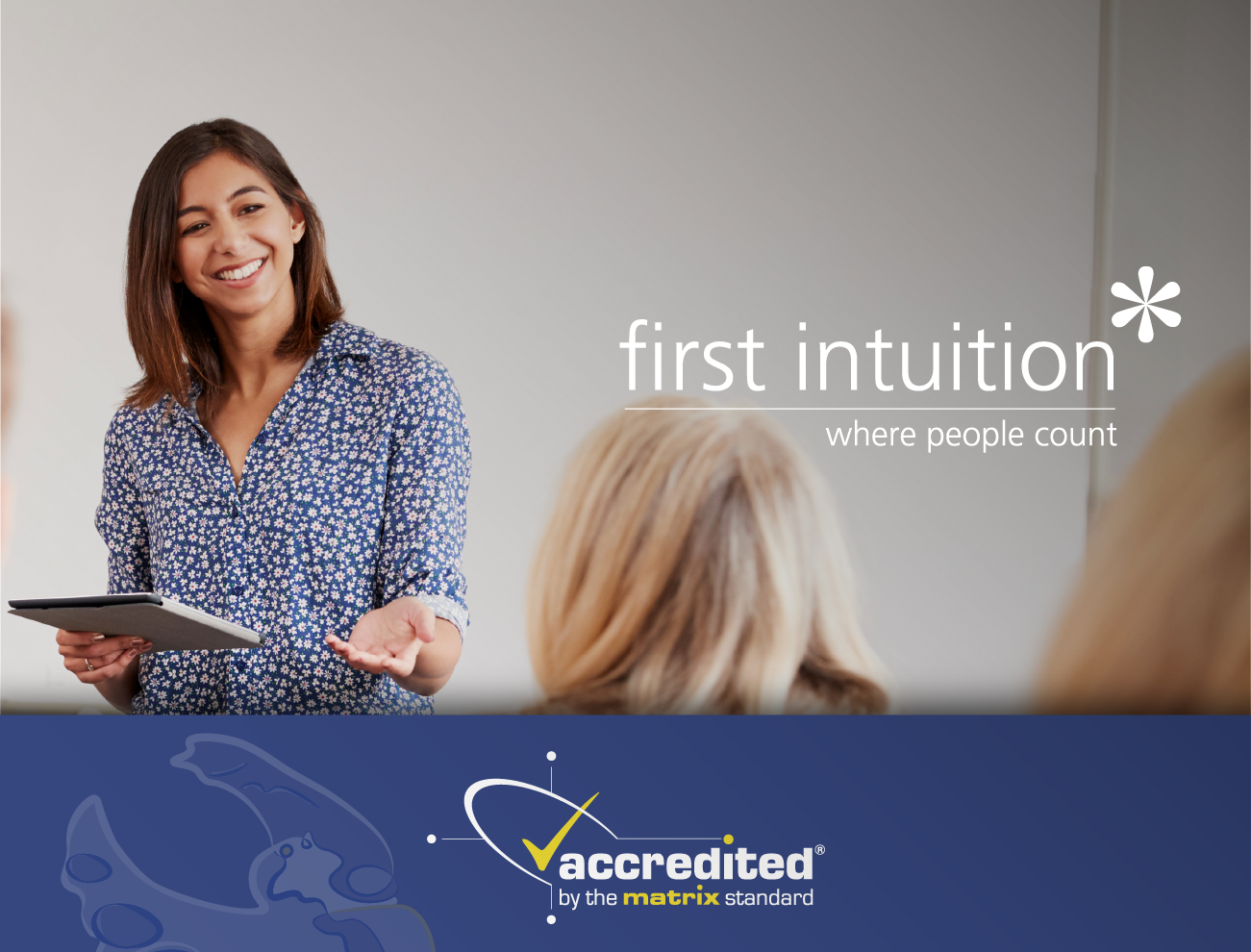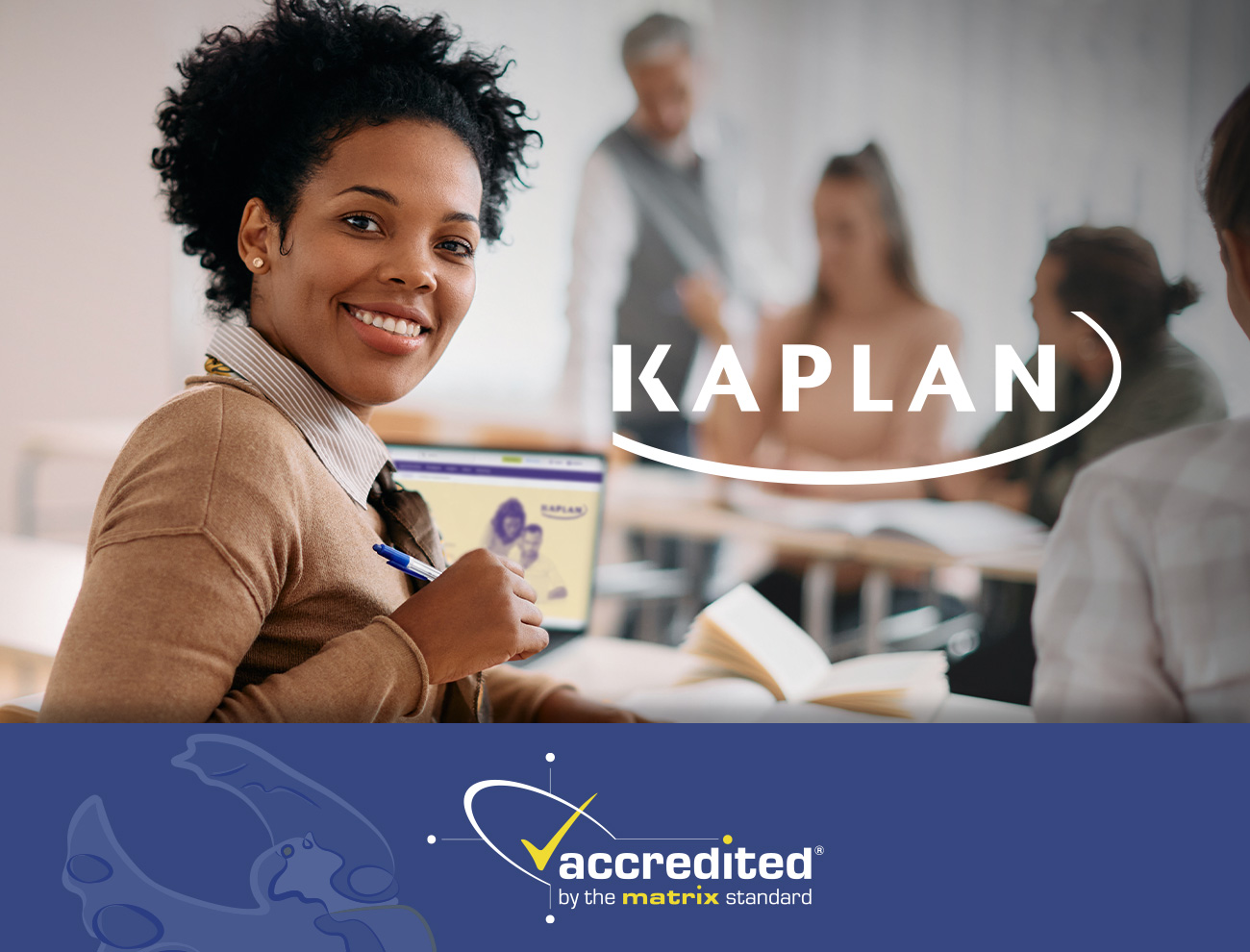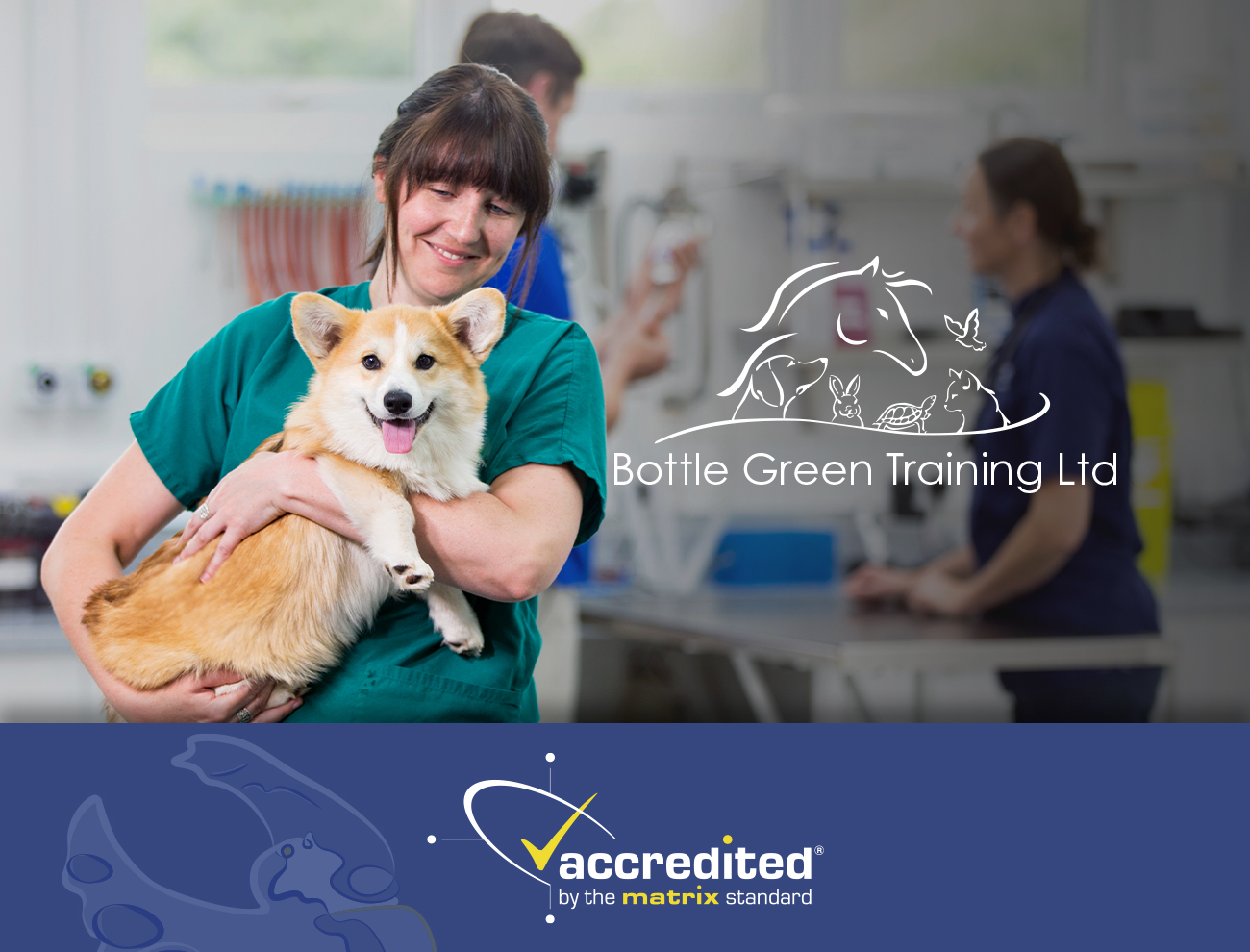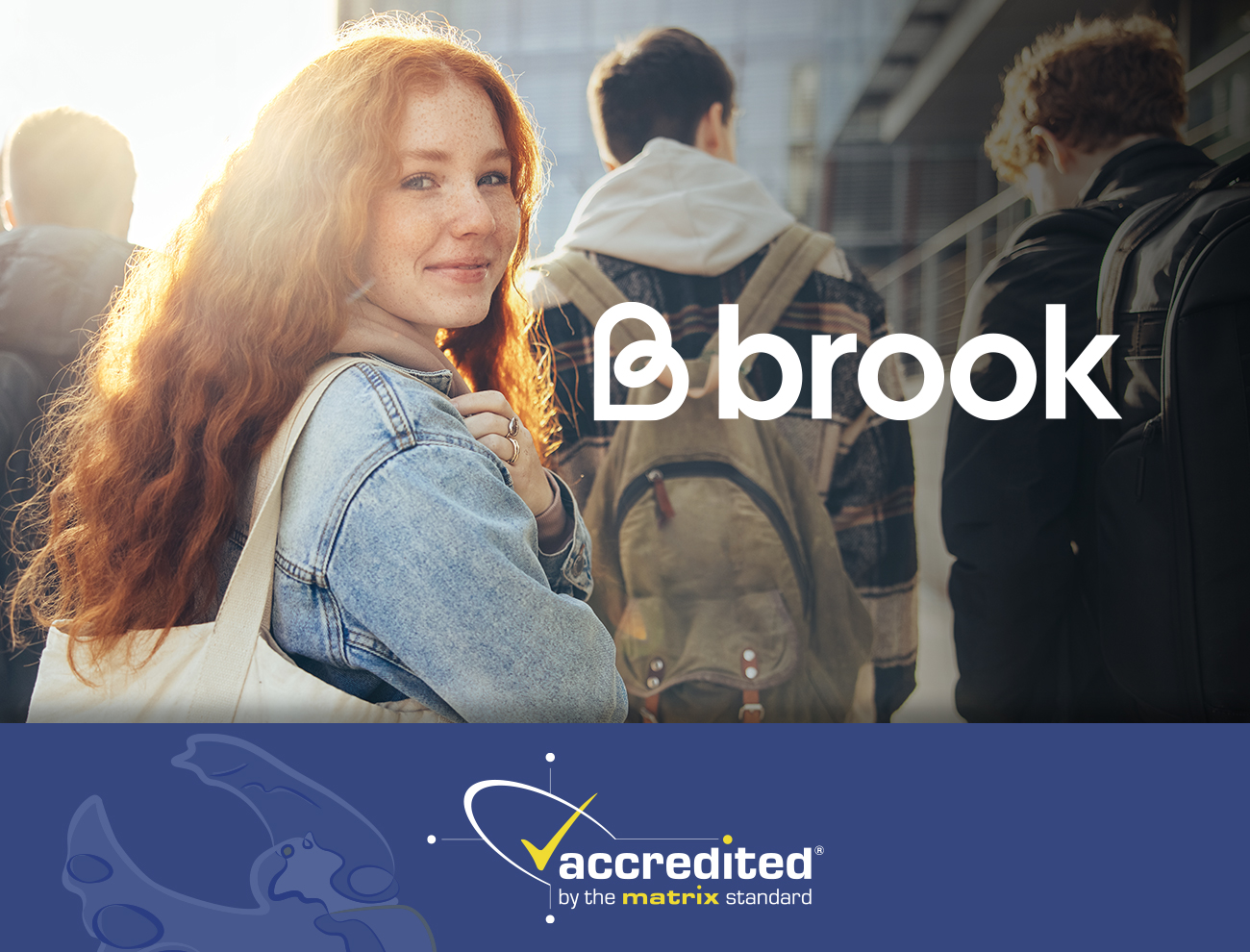
Brook
“The revised matrix Standard speaks to us and our organisation” An Interview with Rachel Smith, Head of Quality at Brook.
Brook was founded in 1964 and was the nation’s first sexual health and advice centre for unmarried women. The organisation now provides a range of sexual health services and wellbeing support nationwide, both to young people under 25 and, more recently, to those over 25. Through Brook’s clinical services in local communities and education programmes in schools, community centres and youth clubs, people of all ages are better equipped to make positive and healthy relationship, wellbeing, and lifestyle choices. In addition to clinical and education services, Brook also provides face-to-face and online training courses to develop the knowledge, skills and confidence of professionals working with both young people and adults, for example, teachers, youth workers and NHS staff. The organisation’s vision is that young people’s lives are free from inequality, rich with opportunity and enriched by happy, healthy relationships.
We spoke with Rachel Smith, Head of Quality at Brook to hear her thoughts on the revised matrix Standard. Having been assessed under the current criteria 3 years ago and most recently assessed under the BETA version of the revised Standard, she has some great insights into the improvements that are being made.
matrix Team: Firstly, congratulations on being accredited for a second time and this time under the revised Standard, that’s excellent! How have you found the new criteria and elements?
Rachel: Thank you! We really love the new Standard! We did it once under the previous criteria, and really struggled with the focus on the careers sector, with the language, and the structure of the pack. It didn’t feel very logical, whereas this time with the new standard it felt very logical, and it spoke to us as an organisation. It was a lot easier for me to give the Standard to my colleagues, and for them to translate it, especially if they’re not doing it as their day-to-day job. It was easy for them to pick up and think, well, I know what that means for me in my role and for my team.
matrix Team: That’s great that you have already identified that the change to the language has benefitted you as that is one of the main aims of this review, is to ensure the matrix Standard is more user friendly. So, compared to the current version of the Standard, how do you think the new criteria in the revised Standard reflects the world around us today and in particular, how does it relate to you and your company?
Rachel: Whilst there are a few more criteria than in the current Standard, it is so much easier to pick specific areas and pass them straight on to different departments. For example with Leadership, the language in the new version is much more succinct so it was easier to give the leadership team ownership of that from the start. It’s also easier for departments to get a grasp of the whole picture as well as their own section.
matrix Team: Reflecting on the first time you went through the accreditation process do you think there was more resistance from the board members and staff that time due to the language used, and how was it with them this time around?
Rachel: Our board members see the value in an external accreditation and they have always championed the matrix Standard and the improvements to Information, Advice, & Guidance (IAG). Our leadership team is really committed too, and we have all seen the matrix Standard in a new light since the revisions. We can interpret it quicker and we can see how what we are doing is mirrored and matched with the criteria and evidence needed.
matrix Team: What new criteria stood out to you the most?
Rachel: The main thing was the language, especially for Service Users, Leadership and Management. The old criteria was jargon heavy and you had to really dissect it to understand what was required. The first time we were accredited, it was a real barrier and that did hold us back. Whereas with the new version it was so easy to read and more importantly it was easy to understand what was being asked of us.
matrix Team: It’s amazing that you say that because that is one of the main aims of the revised Standard, to make the flow of it easier for our users so you know what is being asked of you and what evidence you need to provide. Also, within the revised Standard we have introduced the Digital and Wellbeing criteria. Firstly, how did you find being assessed on the Digital criteria?
Rachel: Well, it’s hugely important isn’t it? Both Digital and Wellbeing, especially after the last few years, everything has moved on and been brought to the forefront. Our own digital transformation plans were in place pre-pandemic but were accelerated as soon as we went into lockdown. This meant that we could really resonate with the digital criteria because we had just been through a massive transformation ourselves by moving the majority of our services online. I felt that the criteria really spoke to us in terms of the digital transformation and validated what we had just done. Seeing it on the page within the Standard made me feel like we were doing the right things to improve our IAG.
matrix Team: Amazing! So, throughout the pandemic did you feel you would have more evidence for the digital criteria, or did the pandemic hinder you in any way?
Rachel: I would say a benefit of the pandemic for us was that it showed us how quickly we can transform as an organisation, we all rose to the challenge. We already had a strong focus on digital learning solutions with our online learning platform “Brook Learn”. This is a resource aimed at professionals, with more than 12 courses to improve their confidence to deliver RSE to young people.
We quickly adapted to deliver our existing face-to-face sessions virtually and we also introduced telemedicine appointments for our clinical services which worked really well. Our clinical digital offer continues to grow from strength to strength and we have now launched three tools as part of our Digital Front Door project (DFD). The DFD makes it easier and faster for those able to self-care and frees up vital face to face appointments for those who need them most. We have changed our mindset on how digital learning and access can help us and our service users, and in turn, improve our IAG.
matrix Team: Sounds like you have made great changes in your digital delivery, which will benefit everyone that uses your service. Another new criteria being assessed is Wellbeing for both employees and service users. As Brook is a sexual and mental health service how important has it been to be externally assessed on Wellbeing?
Rachel: Well firstly, I think it is extremely important and should be included in any sort of external standard. As an organisation you have internal values which you feel you are upholding, but making yourself, your colleagues and the leadership team take a step back and really think about how and if you are displaying these values is hugely insightful. Our internal staff assessment reports came back with really positive feedback for both employees and what we do for our clients in terms of promoting wellbeing, whether that be in a clinical or educational setting. Being externally assessed and being given such great feedback just validates that you are achieving what you set out to achieve.
matrix Team: So, how do you think the revised matrix Standard will help your organisation to improve and move forward with your IAG delivery in the future?
Rachel: I think it’s becoming a much more user-friendly tool, not just for the assessment period, it becomes something that you use on an ongoing basis. So, if for example, you are designing training it’s something that we can pick up and use as part of that in terms of reflecting on where we are now and where we need to be and helping us to fill in any gaps. Because the revised Standard is now more user friendly it means we can use it more Regularly rather than just at assessment or at the continuous improvement checks, we can use it to support the development of new services to make sure we are doing the right thing. It’s definitely something that we would feature on our intranet and say that we are always working towards this quality standard, and before we wouldn’t have necessarily referred to ourselves as providing IAG even though that is the core of what we do. After being assessed we now recognise that that is what we do and we use IAG language in our everyday work, it’s almost second nature to us.
matrix Team: Having been assessed under the current standard and the revised Standard, if another organisation was to come to you asking if they should be assessed under the revised criteria what would you say? Would you recommend that they do it?
Rachel: I would say definitely do it because there are so many benefits to it and like with any external quality standard it does force you to stop, pause and reflect. The way that the revised Standard is written allows you to understand it in a much easier way than previously because you don’t have to try and second guess what is being asked of you. It’s very clear and it can be interpreted by a vast number of organisations now. When I researched quality standards a few years ago, it took me a long while to pick the matrix Standard, and I still wasn’t sure I’d picked the right one when we’d committed to it. Whereas if I was going through this process now and looking through the revised matrix Standard, I’d pick that up and think, yes, this is the one for us. I think lots of organisations, particularly voluntary sector organisations, will do that also. I would really recommend that any voluntary sector organisation looks at the matrix Standard because it unlocked so much potential in us and I know it will help others to focus.
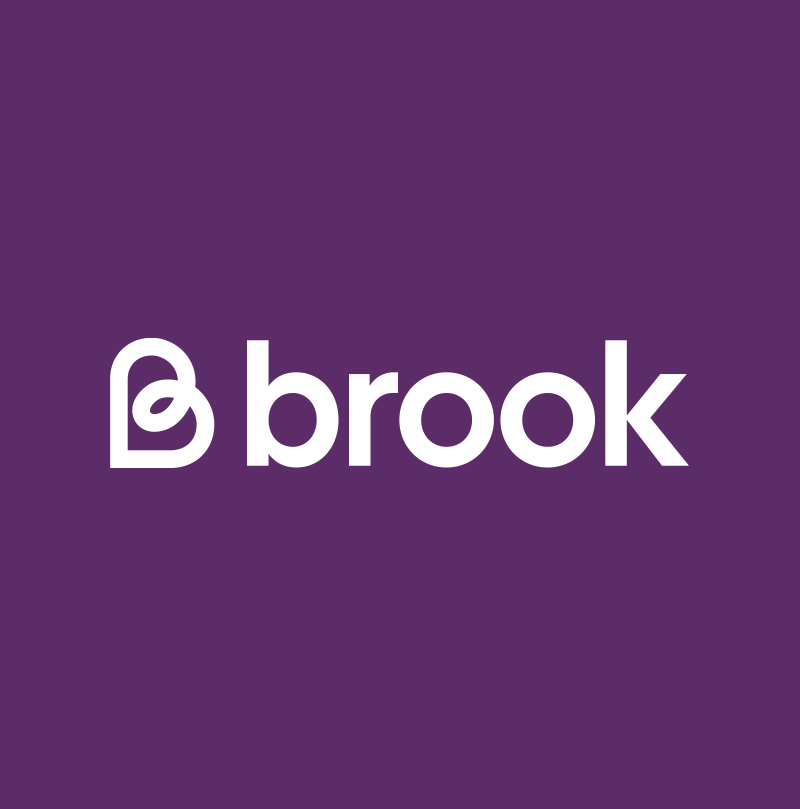
matrix Team: Brook has been part of the advisory group for the revised standard, firstly thank you for being part of it and voicing your thoughts on what should be different moving forward. Did you have an agenda going into the advisory group process, did you have a strong idea of what you thought needed to be revised?
Rachel: After going through the assessment the first time I honestly thought the matrix Standard was missing a trick, purely because of the language used. I had to work with a consultant the first time to help us navigate the language because it wasn’t written for organisations outside of the careers sector. It was hard to understand how it was applied to us. So, yes, I had an agenda going into the process because I want other voluntary sector organisations to benefit from the matrix Standard just as we have, so my priority was to make sure the language was going to be changed to be made more accessible and user friendly. I’m extremely happy to say that the matrix Standard team has achieved just that.
The matrix Standard community has worked hard on the revision of the Standard and has been launched in 2022.
Thanks to the Brook team for #makingIAGbetter.
